
Home List your patent My account Help Support us
GAS-TURB.-CYCLE HEATING/COOLING-POWER SYST. WITH REFRIGER. EXHAUST
[Category : - Heating & Cooling- Motors]
[Viewed 1596 times]
The proposed concept belongs to the field of district heating and/or cooling or to the combined heat and power (CHP) or to the combined cooling, heat and power (CCHP) field, using gas-turbine power plants. It is similar to existing heating-power stations for district heating/cooling, but with significantly higher ratio of heat output to heat input (for district heating) and with possibility to solidify and sequester H2O and CO2 from the exhaust gas. The concept is different from existing heating-power stations for district heating/cooling (typically using steam turbine based systems) both in configuration (since it uses also a low-temperature gas turbine) and in effectiveness, since it enables achieving of significantly higher ratio of heat output to heat input (for district heating), with possibility to solidify and sequester H2O and CO2 from the exhaust gas, thus obtaining an entirely GHG-emission-free exhaust gas at very low temperature (refrigerating level). Most likely interested users/buyers would be large power and heating/refrigeration equipment manufacturers and large to medium utilities (utility companies).
The idea/concept was first introduced by myself in the form of presentation, on November 15th, 2010, as well as published, at the ASME International Mechanical Engineering Congress & Exposition in Vancouver, Canada. rnrnI made a corresponding provisional utility patent application (patent pending status) with US Patent and Trademark Office of the concept. The corresponding USPTO provisional patent application number: 62/722453, and the date of application: August 24th, 2018. This provisional patent application allows an inventor to file a corresponding classic/normal non-provisional patent application during a 12-month period, until August 23, 2019. This period also holds for drawing the patent claims, which have not yet been formulated in this provisional patent application.
Branko Stankovic
 Patent publications:
Patent publications:No publication
Asking price:
Make an offer
Make an offer
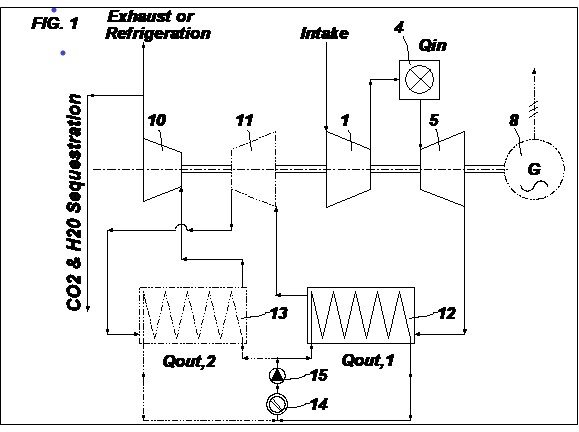
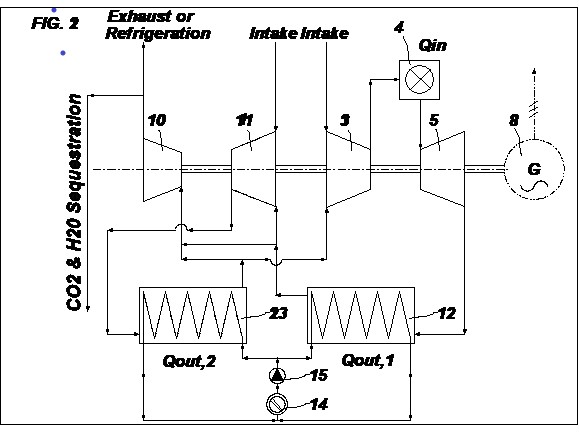
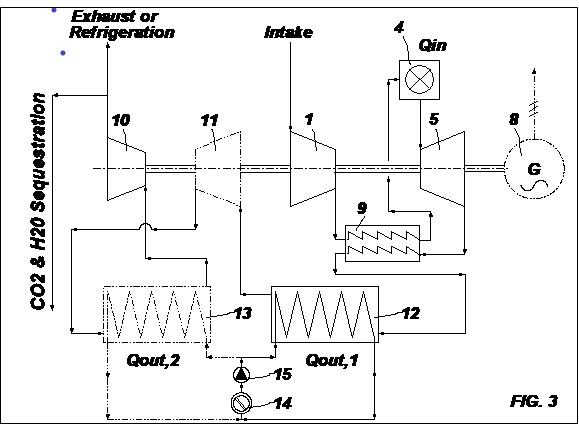
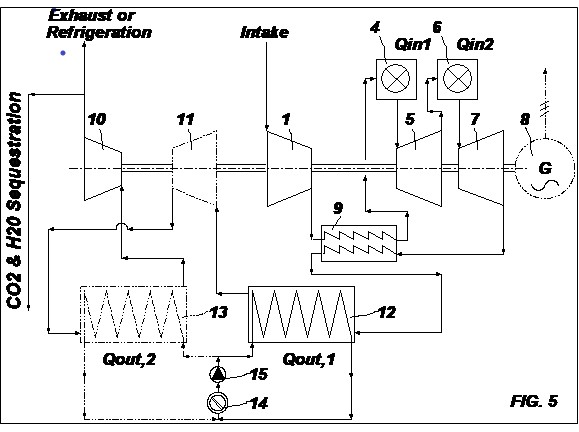
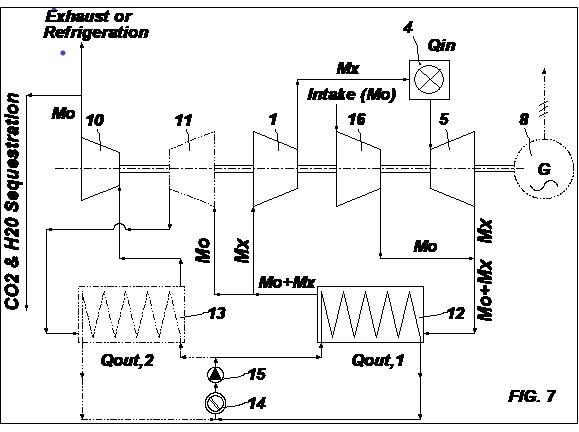
[ Home | List a patent | Manage your account | F.A.Q.|Terms of use | Contact us]
Copyright PatentAuction.com 2004-2017
Page created at 2025-12-30 18:27:37, Patent Auction Time.
 Great invention
Great invention